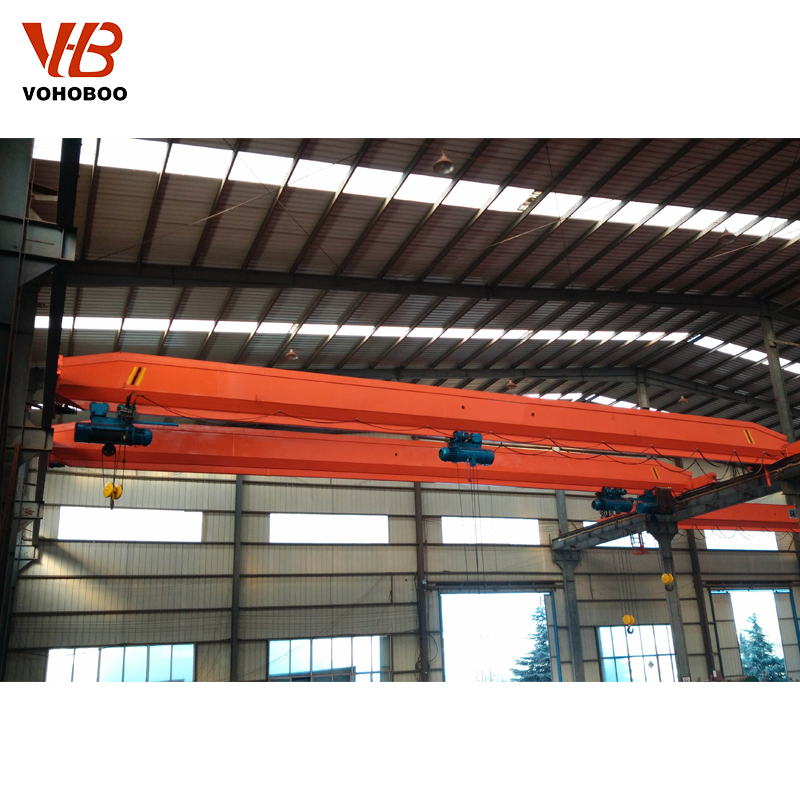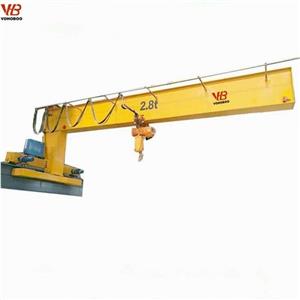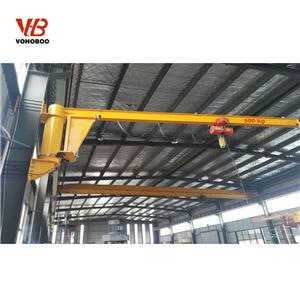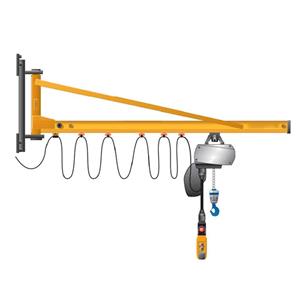Metal structure of pioneer crane
Steel sections and steel plates rolled from metal materials are used as basic components, and are connected by welding and other methods according to certain structural composition rules. The structure that can withstand distortion becomes a metal structure. These metal structures can be used to manufacture beams, columns, trusses and other basic load-bearing components as required, and then these metal load-bearing components are connected by welding or bolts to form load-bearing structures such as bridges, portals, and towers for cranes. The structure is also called crane steel structure.
As one of the main components of the crane, the steel structure of the crane is mainly to support various variables, so it must have sufficient strength, rigidity and stability.
As a crane operator, you don’t need to be strict in mastering the strength, stiffness and stability of the crane’s steel structure, and how to carry out tests and verifications. It is important that the crane driver is good at observation. Good at discovering hidden dangers related to the strength, stiffness and stability of the crane steel structure. For example, the partial or overall stress members of the crane steel structure have plastic deformation. Plastic deformation is a strength problem, which may be caused by overload or fatigue. Caused. The main force-bearing components of the structure, such as the main beam, have undergone excessive elastic deformation, causing vibrations, which will involve rigidity issues. It may be caused by overload or shock and vibration.





